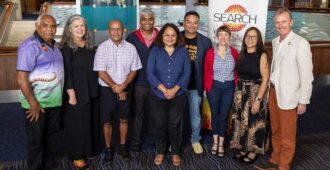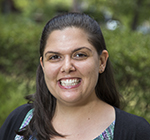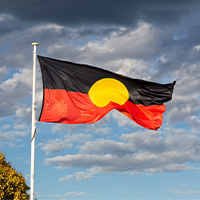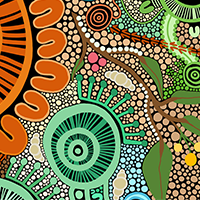Hundreds of urban Aboriginal kids in NSW are getting a better chance to thrive at school and in their communities thanks to the hearing and speech and languages services delivered through the HEALS program, says Darryl Wright, CEO of Tharawal Aboriginal Corporation.
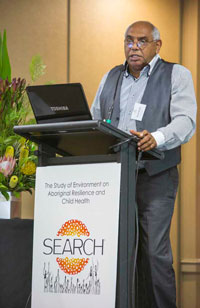
Over recent months, the issue of ear health and its impact on Indigenous child developmental and health outcomes has started to generate more widespread attention.
This is welcome news, because as the Chief Executive Officer of Tharawal Aboriginal Corporation at Campbelltown in Western Sydney, I see first-hand the long-term impact of ear health problems and the struggles that families face in accessing the services to address this issue in a timely manner.
A major issue
For a whole host of reasons, Indigenous children experience middle ear disease (also referred to as ‘Otitis Media’) earlier, more often and with more complications than non-Indigenous children. Left untreated, diseases like Otitis Media can cause huge long term problems for kids’ hearing and their speech and language development.
When kids can’t hear in school and can’t properly participate in society, it’s no surprise that this creates all kinds of problems. Their language skills don’t develop as quickly, they don’t sleep well, they have to take more time off, they can misbehave and their education can fall behind.
While we have known that there was a serious problem with ear health and its associated conditions for a long time, we didn’t know exactly how bad it was.
In most cases, we also often didn’t have adequate and timely access to the specialists to properly diagnose or address the issues.
For example, families from my community had to trek across Sydney to Mount Druitt in the outer western suburbs for specialist appointments, which would often be cancelled last minute for no reason. The waiting lists for ear operations or speech and language therapy could stretch into years. Some kids couldn’t hear; some couldn’t even speak. Far too many kids missed out on crucial years of speech, language and educational development because their problems were not diagnosed or they didn’t get access to the services they needed.
A partnership approach
To properly address these and other Aboriginal child health issues we first needed to identify the scale of the problem and then tackle it, but in a way where Aboriginal communities are partners and leaders in the entire process.
This is why the Study of Environment on Aboriginal Resilience and Child health (SEARCH) – the largest ongoing study of urban Aboriginal children ever conducted – was established.
SEARCH is an active partnership between four Aboriginal Community Controlled Health Services in NSW, the Aboriginal Health & Medical Research Council (AH&MRC) of NSW, the Sax Institute and leading university researchers.
It aims to do two equally important things: better understand the causes of health and disease among urban Aboriginal children and their families; and use this information to drive real improvements in health and services outcomes for Aboriginal people.
SEARCH has shown that more than 40 per cent of participating urban Aboriginal children aged under eight have significant speech and language impairments and/or ear health problems.
The information gathered through SEARCH meant that we could identify these at-risk kids.
This resulted in the establishment of the called HEALS (the Hearing EAr health and Language Services) program, so that the kids identified can get access to the services they need.
Focusing on solutions
Since 2013, the HEALS program has delivered more than more than 7,000 speech and language services and ear operations to almost 800 urban Aboriginal children at five Aboriginal Community Controlled Health Services and one Aboriginal clinic.
With funding from Federal Government and the NSW Department of Health, we have almost eliminated the waiting lists for speech and language therapy, specialist appointments and surgeries at the six participating centres.
For the kids, families and the wider communities involved it has been life changing.
I see it every day at Tharawal; kids who were struggling are now happy and smiling, and excelling in their community and in their schooling.
HEALS is an example of what happens when researchers, Aboriginal communities, policy makers and clinicians come together to tackle big-picture problems.
Instead of just talking about or researching the problems, HEALS is helping to change the record for hundreds of kids and their families.
And SEARCH is putting the Aboriginal community at the heart of the decision-making process and allowing us to direct resources into the areas where we know they are needed the most.
HEALS has been funded as a pilot but now we know the model works, it could be scaled up.
We need more Aboriginal children right across the country to access the services they need to give them the best start.
We have a way forward, so let’s get on with it and help change the record for more Aboriginal kids.
This article was originally published on NITV website.
Find out more
- Learn more about SEARCH
- Read the research paper A case study of enhanced clinical care enabled by Aboriginal health research: the Hearing, EAr health and Language Services (HEALS) project
- Learn about the Centre for Research Excellence in Urban Aboriginal Child Health

